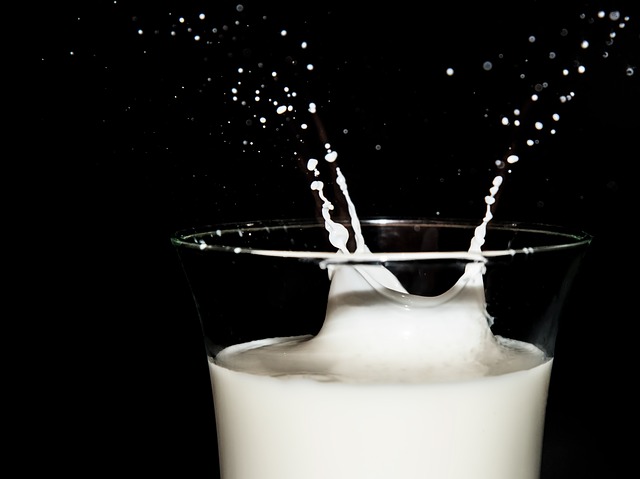The dairy markets are searching for information to indicate price direction in the near-term or long-term. Cow numbers have been declining according to the monthly milk production reports which could eventually cause milk output to run below year-earlier levels.
Unfortunately, the reduction of cow numbers has been at the expense of dairy farm operations as milk income below the cost of production for an extended period of time has either forced some farms to close the doors or decisions have been made to stop the bleeding and discontinue milking cows. The loss of dairy operations is very difficult to see, but it is a reality during times of low milk prices.
USDA estimated milk production to increase 2.8 billion pounds on the December World Agricultural Supply and Demand report despite continued low milk prices. USDA did not release estimated milk production this month due to the partial government shutdown. The current anticipation is that milk production growth is likely. However, some milk processors are becoming increasingly concerned over milk supply later this year.
Cow numbers may continue to decline which could tighten supply in and of itself. If there is a weather event in the form of a widespread drought or significant decrease of the availability of good quality alfalfa, milk production could swing to a deficit rather quickly which would support higher milk prices. We must realize this is a what-if scenario with many other factors involved if this were to take place. Good quality alfalfa hay is already becoming more difficult to find with prices increasing.
We have finished four years of low milk prices and 2019 does not look very promising according to the current futures market. That can change, but it may take some time. First milk production will need to decline or, better yet, demand needs to improve. Then, inventory will need to decline in order to tighten market supply. How much inventory will need to decline in order to have a significant impact is difficult to determine. The market will need to go through this phase before we can expect a long-term trend higher.
Some excitement has been generated recently due to the strong nonfat dry milk price. Grade A nonfat dry milk is at the highest price it has been in a year. Price for skim milk powder has been increasing on the last few Global Dairy Trade auctions indicating higher international demand. Higher nonfat dry milk prices do not have direct impact on Class III milk price, but it has a significant impact on Class IV. Weekly AMS prices have shown steady increases for both nonfat dry milk and dry whey prices. Nonfat dry milk price has increased greater than dry whey which has translated into better Class IV prices.
Could stronger nonfat dry milk prices spill over into higher Class III prices? Looking back historically, it may have had some impact as more milk was moved to dryers in order to meet demand. In 2016, nonfat dry milk price on the daily spot market increased from a low of 69 cents in March to reach a high of $1.05 in December. Class III price was $13.74 in March and reached $17.40 in December of that year. However, in 2015, spot nonfat dry milk price was 69 cents in August and moved to $1.10 in October. Class III milk price did not benefit from that increase as the Class III price was $16.27 in August and was $15.46 in October ending that year at $14.44.
This comparison is for the sake of looking at the market with caution and not becoming too excited about some who are anticipating a strong milk price as the year progresses due to the strength of nonfat dry milk price. It can have an effect on the overall market and product availability, but this is not something that is a proven market indicator. The greater impact was seen for Class IV.
We have a long way to go this year and we all now know that historical price cycles may be a thing of the past. Managing risk should be the focus for the future, if and when opportunities arise.
Recommended reading:
Original article sourced from https://www.milkbusiness.com/



